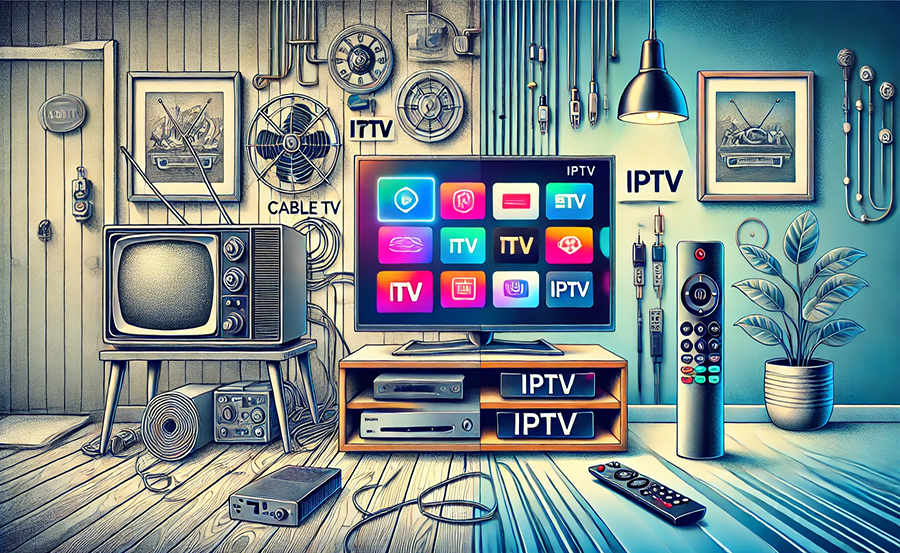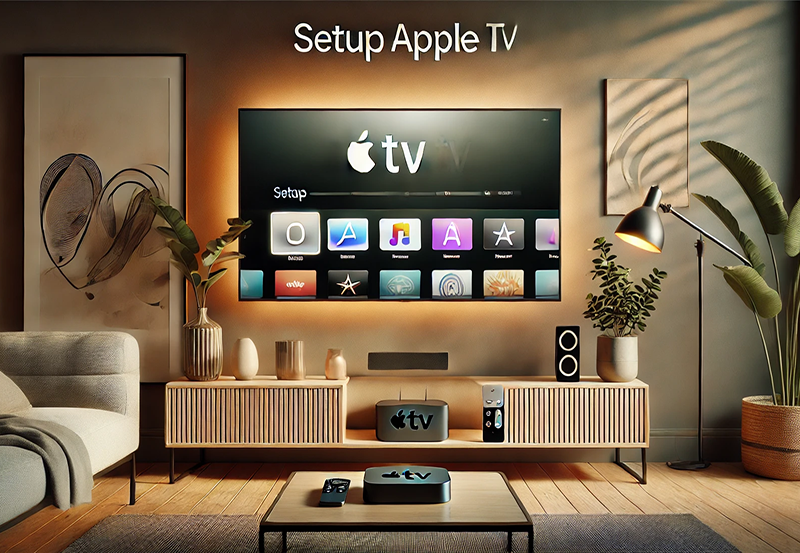In today’s digital age, the landscape of television and media consumption has undergone a dramatic shift. Greater flexibility, extensive content libraries, and the ability to tailor viewing experiences are at the forefront of what viewers demand. At the center of this evolution is Internet Protocol Television, or IPTV—a technology that streams media over the internet, offering viewers a range of advantages over traditional broadcast methods. But for Linux users, understanding IPTV protocols can be a slightly complex journey. This guide aims to demystify these protocols, ensuring you effectively maximize your streaming enjoyment while navigating the unique environment of a Linux-based system.
Whether you’re contemplating an IPTV subscription plan or already using IPTV services for Firestick, this article breaks down the intricacies of IPTV protocols and provides tailored insights for Linux enthusiasts. Let’s delve into the essential components and practices that will optimize your experience.
Understanding the Basics of IPTV
What is IPTV?
Internet Protocol Television fundamentally changes how media content is delivered. Unlike traditional cable or satellite services that use broad broadcasting signals, IPTV uses an internet connection to stream video content. This technology offers several advantages, such as increased interactivity and personalization.
Quick Tip:
Stream local and international TV with UK IPTV and get access to all your favorite channels.
Why Choose IPTV over Traditional Television?
Traditional television broadcasts have their charm, but they lack flexibility and variety. IPTV offers greater content control, a wider selection of channels, and the ability to bundle services more efficiently. Whether you’re cutting the cord from cable or looking to enhance your viewing flexibly, IPTV provides a compelling alternative.
IPTV Protocols in a Linux Environment
Common IPTV Protocols
Linux users typically encounter several protocols when working with IPTV services. Let’s break down some of the most common protocols:
- RTSP (Real-Time Streaming Protocol): Often used to establish and control media sessions between endpoints.
- HLS (HTTP Live Streaming): Developed by Apple, ideal for adapting broadcasts to fluctuating network speeds.
- MPEG-DASH: An international standard that enables high-quality streaming of media content over the Internet delivered from conventional HTTP web servers.
Configuring IPTV on Linux
Configuring IPTV on a Linux system involves a few more steps than on other platforms. Fortunately, Linux’s open-source nature provides a robust environment for customization. Here’s how you can start:
- Make sure you have a compatible IPTV application, such as VLC or Kodi, installed on your system.
- Ensure your chosen IPTV service supports Linux-compatible protocols.
- Consult online repositories or community forums for specific scripts and plug-ins tailored to your needs.
IPTV Service Selection Criteria
Evaluating IPTV Subscription Plans
Selecting the right IPTV subscription plan can be a daunting task with plenty of options on the market. Consider these key factors:
- Content library size and diversity.
- Cost-effectiveness versus competitors.
- Compatibility with Linux streaming applications.
Maximizing Your Streaming Delight with the Right Service
Your choice of IPTV service can significantly impact your viewing experience. To maximize your streaming delight, opt for services with high-definition resolutions, minimal buffering, and excellent customer support. Keep an eye on reviews and user feedback to find services that align with your expectations.
The Challenges of IPTV on Linux
Common Troubleshooting Tips
No system is without its hiccups. When things go awry with your IPTV setup on Linux, consider these solutions:
- Verify your internet connection is stable and fast enough for high-quality streaming.
- Update all relevant software and patches to ensure compatibility.
- Consult online forums for Linux-specific solutions when encountering persistent issues.
Security Considerations
Security is a paramount concern when streaming media over the internet. Remember to:
- Regularly update your antivirus and firewall settings.
- Use a VPN to shield your browsing habits and personal information.
- Be cautious of unreliable IPTV services that might compromise your data.
Advanced Configuration and Tuning
Optimizing Streaming Quality
To enhance streaming quality, consider configuring bitrate settings and caching mechanisms in line with your system capabilities. This is crucial for users who demand high-definition content without buffering.
Advanced Network Settings
Advanced users might consider adjusting network settings to further improve streaming performance. This might include configuring a dedicated IPTV tuner or optimizing router settings to prioritize IPTV traffic.
The Community Factor in IPTV on Linux
Joining IPTV Forums and Groups
The Linux community offers invaluable resources for IPTV users. Engaging with forums and groups dedicated to Linux IPTV solutions can provide support, advice, and updates on the latest developments. This collaborative knowledge base is an asset for both novice and expert users alike.
Contributing to Linux IPTV Development
Linux’s open-source nature thrives on community contributions. Consider sharing your insights, scripts, and improvements with others. Participation in development projects or forums can lead to enhancements that benefit all users and help introduce new capabilities.
Conclusion: Unlocking the Rich Potential of IPTV on Linux
Embarking on the IPTV journey with a Linux system opens up a world of possibilities characterized by flexibility, customization, and a rich media experience. Whether you’ve chosen IPTVs for Firestick or enrolled in a competitive IPTV subscription plan, the key to unlocking ultimate enjoyment lies in understanding the protocols and tools unique to Linux. As you continue to experiment and optimize your setup, commit to engaging with the community for further insights and exploration. The road might be complex at times, but the rewards are undeniably worth chasing.
Frequently Asked Questions

What is the best IPTV service for Firestick on a Linux system?
Finding the “best” IPTV service can be subjective and often depends on individual needs. Services like Kodi or VLC paired with a reputable IPTV provider typically offer excellent performance on Firestick in a Linux environment.
Are IPTV subscription plans costly for Linux users?
The cost of IPTV subscription plans varies widely depending on the provider and package. Many affordable options are available for Linux users, which offer extensive content libraries and high-quality streaming.
How can I troubleshoot buffering issues on Linux IPTV setups?
Buffering can be minimized by ensuring a stable and fast internet connection, updating your software regularly, and tweaking network settings to optimize streaming traffic.
Is it safe to use IPTV on Linux?
It can be safe as long as you take necessary precautions like using a VPN, keeping your systems updated, and subscribing to reputable IPTV services to protect your data.
What tools are best for configuring IPTV on Linux?
Popular tools include VLC, Kodi, and Plex, each offering robust features and Linux compatibility. They provide good media support and user customization to enhance your ITV experience.
M3U Links Explained: Streaming IPTV on LG Smart TVs





